
In short, no. Not really. Let’s be clear about this from the get-go, there are people who will lean on both ends of the spectrum when it comes to this question. It all depends on who you’re asking. To some, the 2018 Kawasaki Ninja H2 SX is exactly what the doctor prescribed. To others, it’s complete overkill – a tool for tools to prance about on with little to no relevance as far as the average Joe or Jane is concerned.
Revealed to the world not too long ago, the H2 SX and H2 SX SE is more than just a regular Kawasaki H2 that has been fitted with (optional) panniers. For starters, the H2 SX boasts new bodywork to go with a more robust trellis frame. Elsewhere, power output has been lowered to 200 PS compared to the H2’s figure of 215 PS(with ram-air) but torque figures have been increased by 3.8 Nm to 137.3 Nm.
While the engine itself retains the same 998 cc displacement and inline-four cylinder layout as the H2, the engine of the H2 SX has been reworked with new cast aluminum pistons, cylinder heads and cylinders. Also, the compression ratio has been increased from 8.5:1 to 11.2:1 while the supercharger features a new impeller, intake chamber, cams and exhaust components.

In terms of cockpit display, the 2018 Kawasaki Ninja H2 SX is equipped with an LCD screen while the H2 SX SE gets a fancier full-color TFT display along with Kawasaki Launch Control Mode, a quickshifter for clutchless shifting, heated grips and a centerstand as well as LED cornering lights to go with the full LED lighting system – the latter is available on the H2 SX as standard.
Seat height of the H2 SX is quoted at 835 mm and the fuel tank is capable of carrying a total of 19 litres as opposed to the 17 in the H2. Kerb weight is rated at 256 kg. So, that’s pretty much the gist of the new Kawasaki Ninja H2 SX. Yes, it may seem like a sports tourer that’s constructed way out of the realm of relevance but if no one pushes the boundaries of engineering, we’ll all still be riding around on horses, right?

















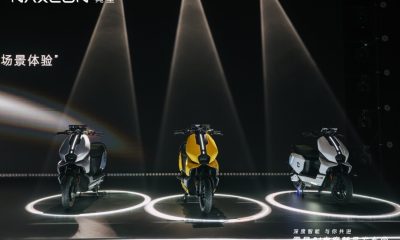


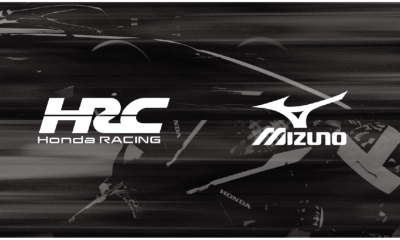


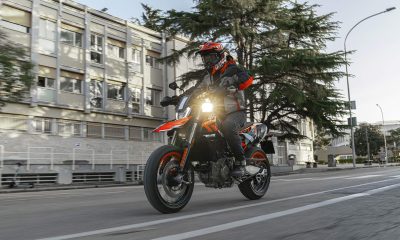

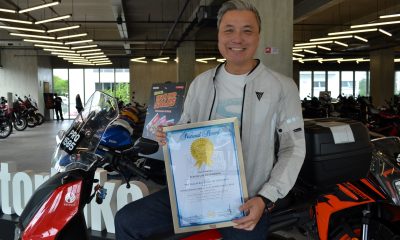
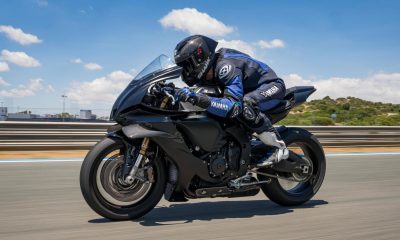













Facebook
Instagram
X (Twitter)
YouTube
LinkedIn
RSS